Driving has come a long way since cars were essentially motorized death traps. Back in the early 20th century, the closest thing to a safety feature was a driver’s leather helmet and a strong sense of self-preservation. Thankfully, we’ve evolved past those primitive days. Buckle up (pun very much intended) as we take a slightly humorous yet fact-filled journey through ten car safety innovations that revolutionized driving and saved countless lives.
Seat Belts
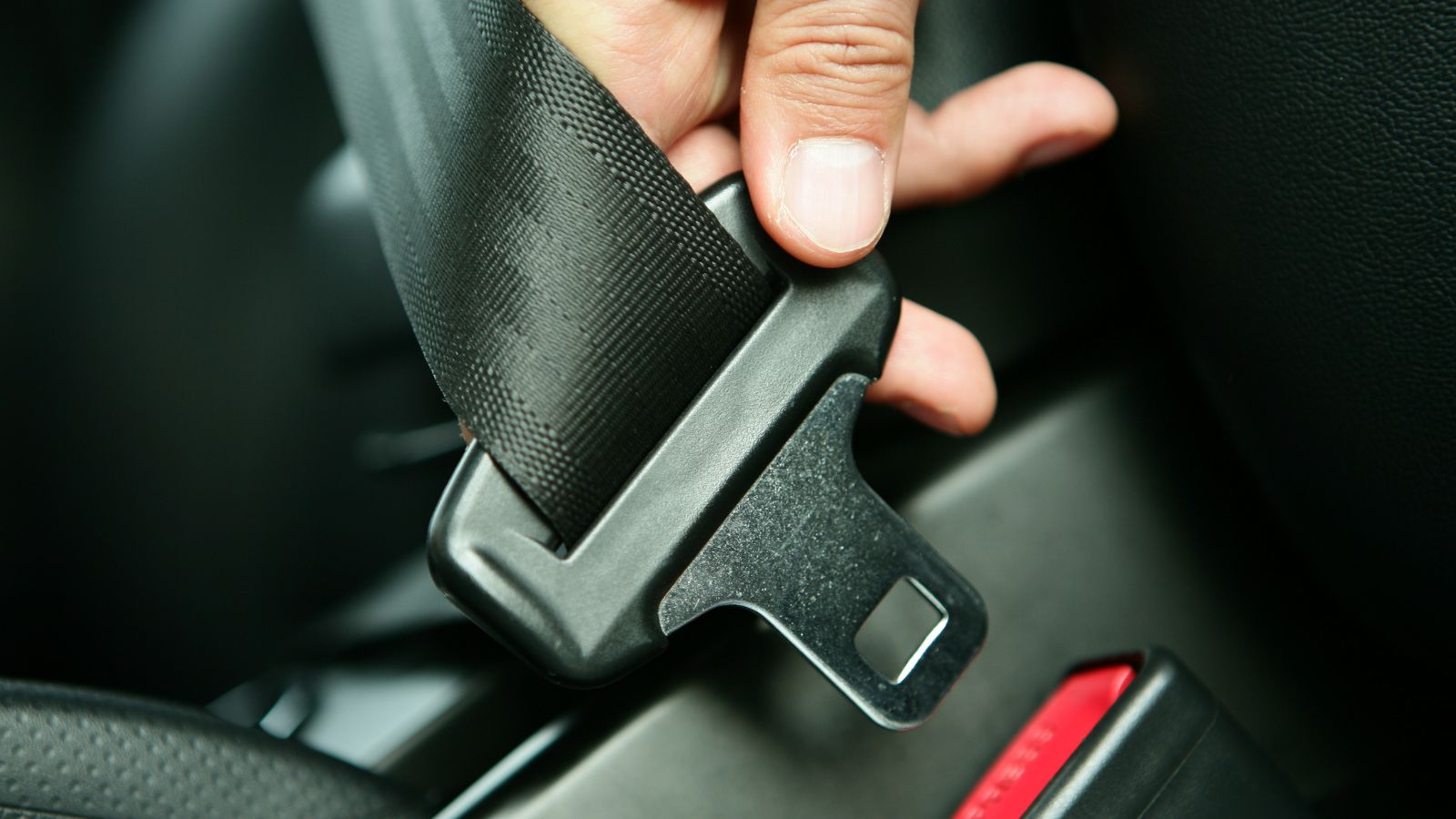
Before the 1950s, strapping yourself into a car seemed as foreign as strapping yourself to a rocket. Early cars didn’t have seat belts because what could go wrong at 20 mph? Enter Nils Bohlin, a Volvo engineer who introduced the three-point seat belt in 1959. This seemingly simple innovation was the automotive equivalent of someone inventing sliced bread. Today, seat belts are standard in every vehicle, reducing the risk of death in a car accident by about 45%.
Airbags
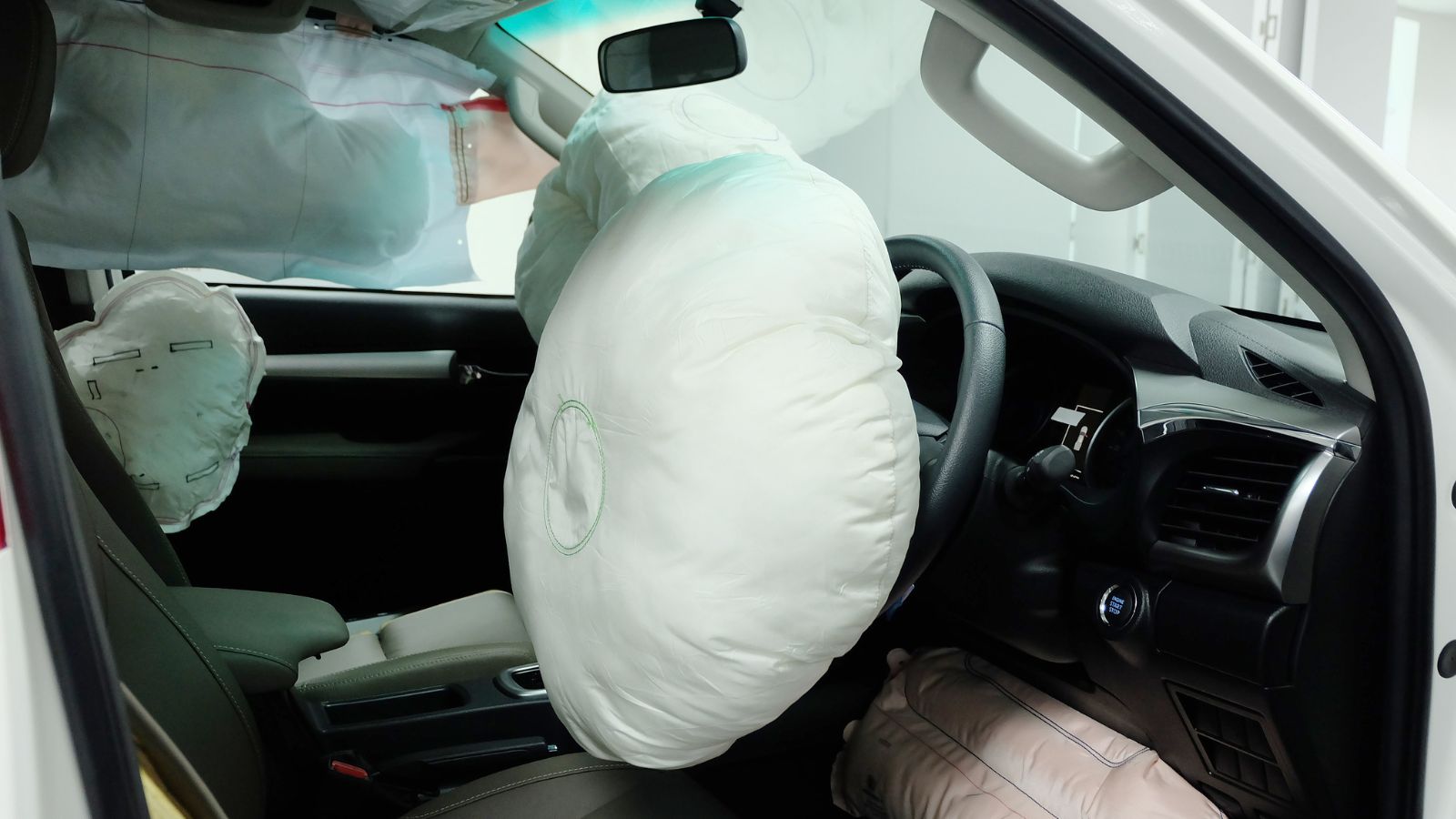
If seat belts are the bread of safety, airbags are the butter. Inspired by his experiences with Navy torpedoes, John Hetrick patented the airbag in 1952. These nifty devices deploy milliseconds during a collision, cushioning you like a fluffy pillow fight with a sumo wrestler. Modern cars now come with a veritable arsenal of airbags: front, side, curtain, and even knee airbags, because apparently, we need to protect every inch of our bodies.
Anti-lock Braking System (ABS)
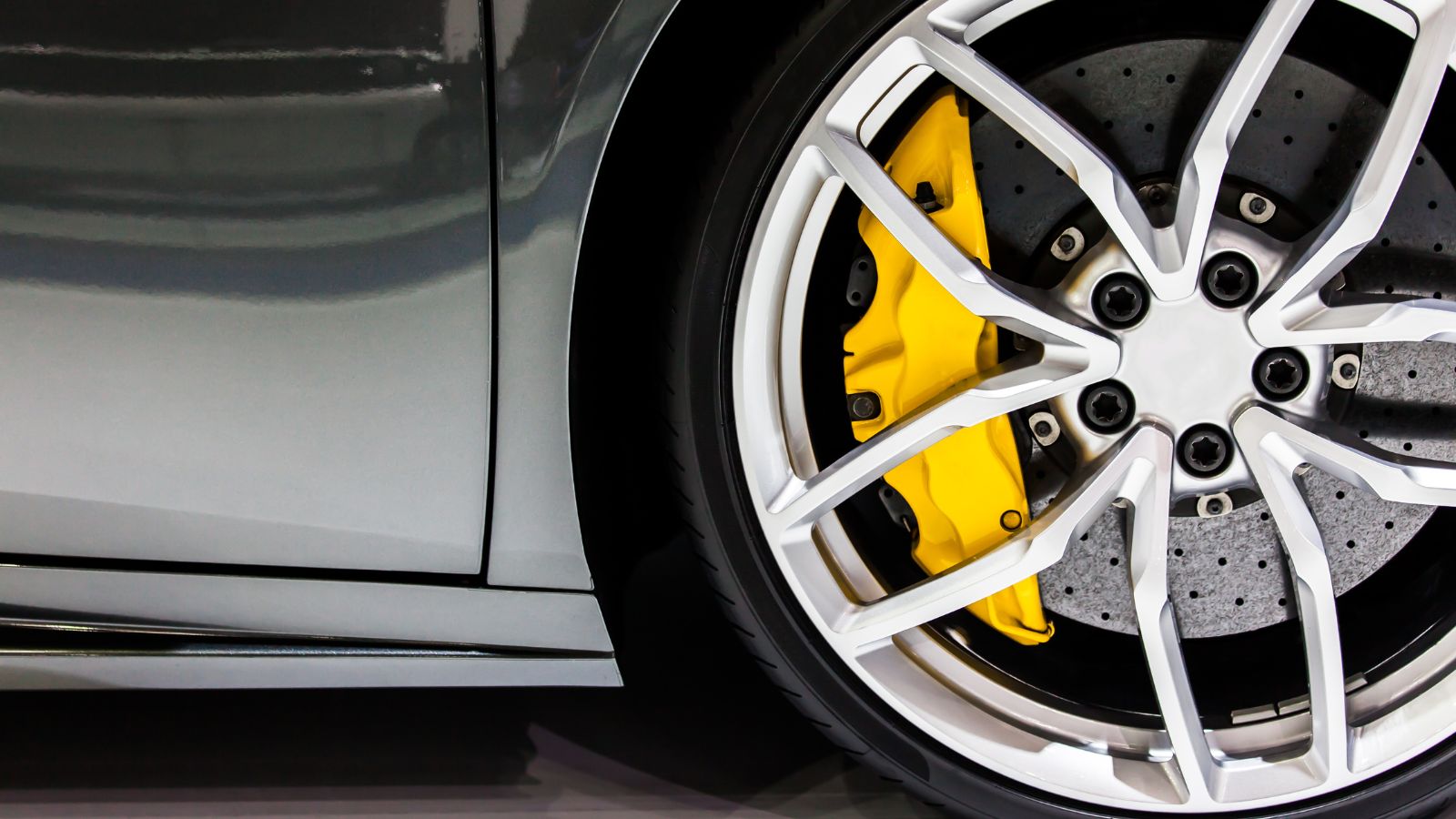
Remember when slamming on the brakes meant you would likely spin out of control like a deranged figure skater? Thanks to the Anti-lock Braking System introduced widely in the 1980s, those days are (mostly) over. ABS prevents the wheels from locking up during braking, allowing drivers to maintain steering control. It’s like having a guardian angel who’s good at preventing fishtails.
Electronic Stability Control (ESC)
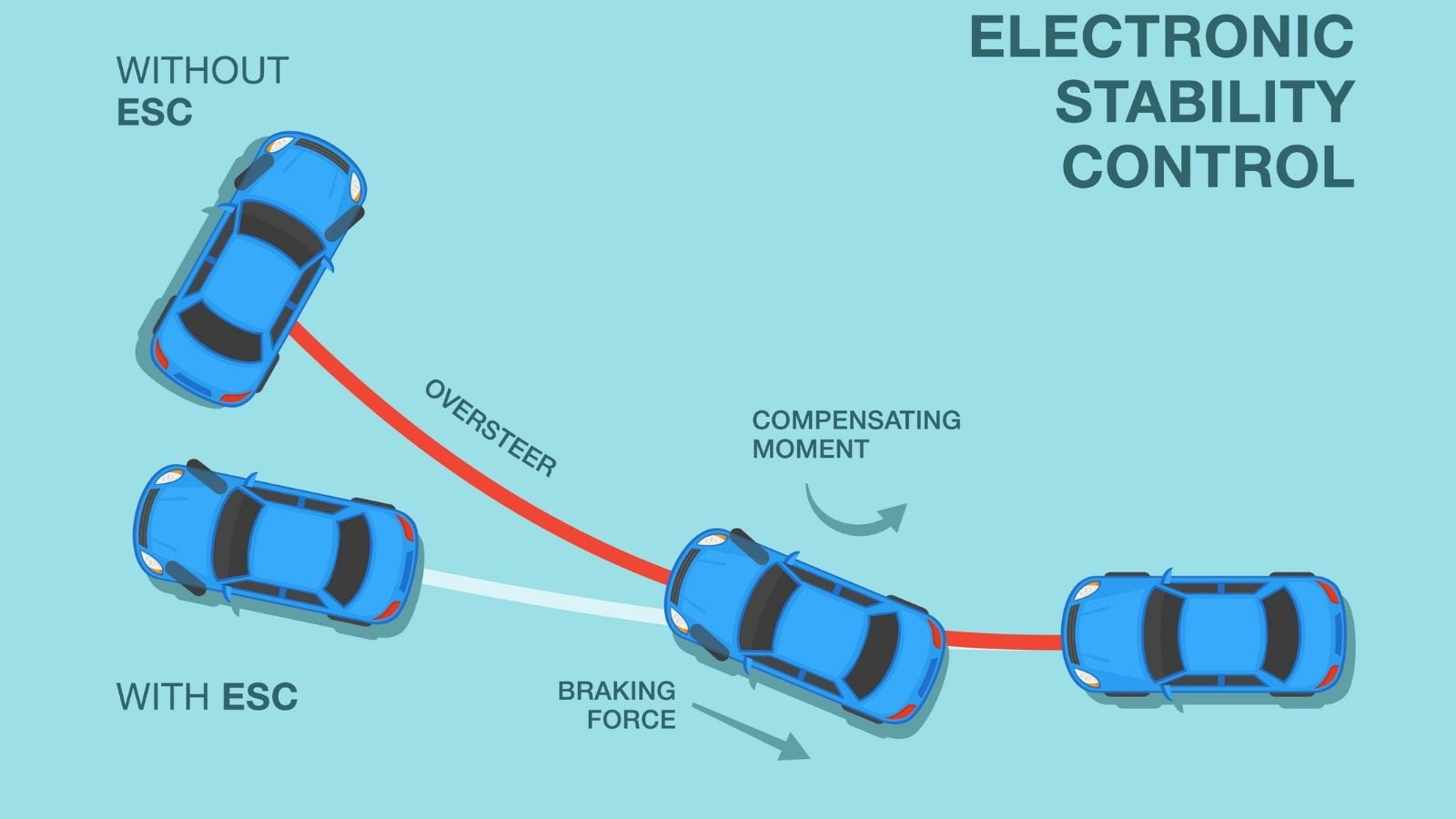
ABS might keep you from skidding while braking, but what about when you’re just driving along and suddenly channeling your inner Tokyo Drift? That’s where Electronic Stability Control comes in. Introduced in the 1990s, ESC uses sensors to detect loss of steering control and automatically applies brakes to individual wheels to help stabilize the car. It’s like having a co-pilot who’s an expert in controlled slides.
Crumple Zones
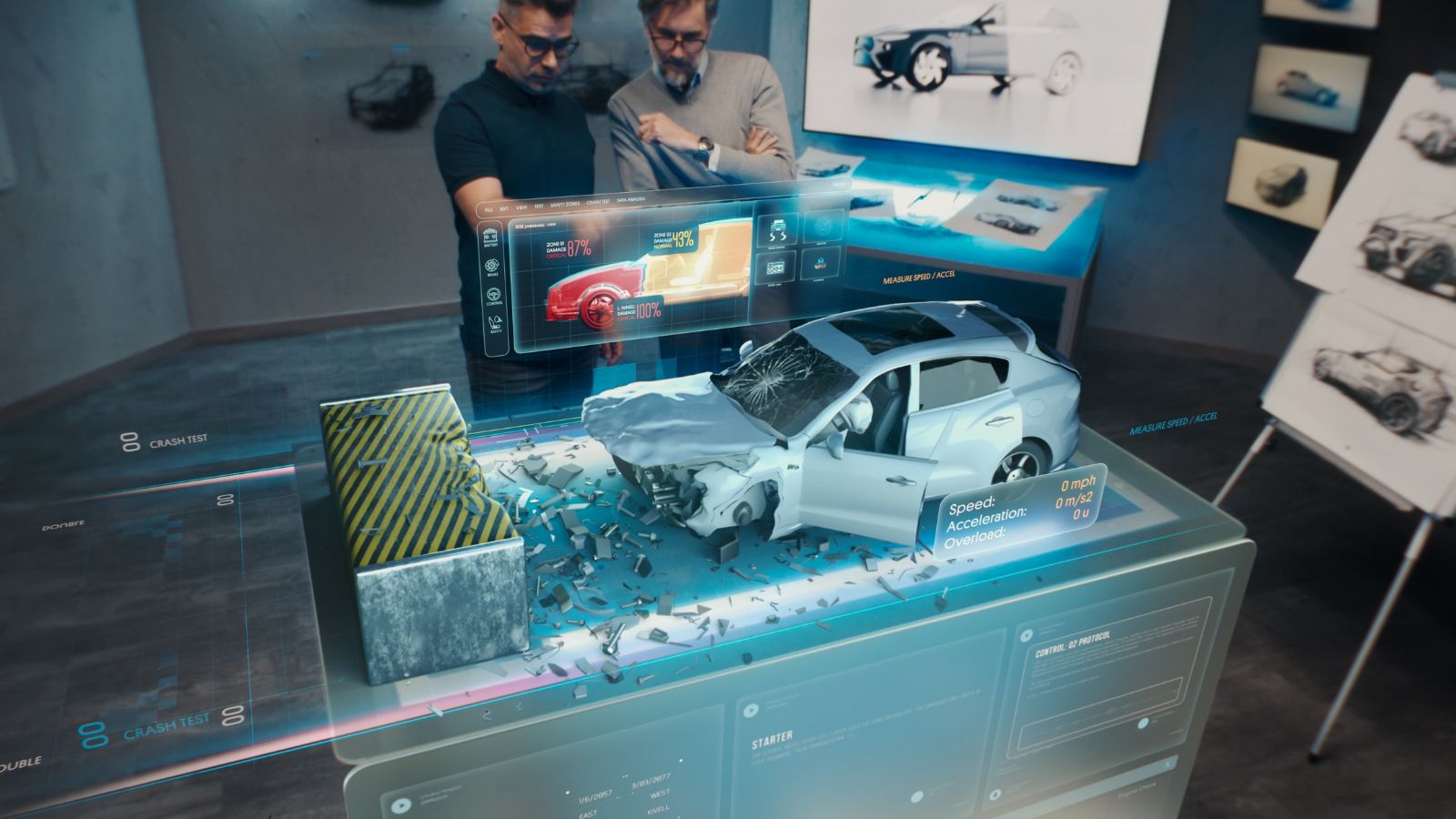
Back in the day, cars were built like tanks, which sounds cool until you realize that all the crash energy went straight into the passengers. Enter crumple zones, introduced by Mercedes-Benz in the 1950s. These areas of the car are designed to absorb and dissipate energy during a crash, protecting the occupants by sacrificing themselves. Think of crumple zones as the loyal sidekicks who always take the fall for the hero.
Child Safety Seats
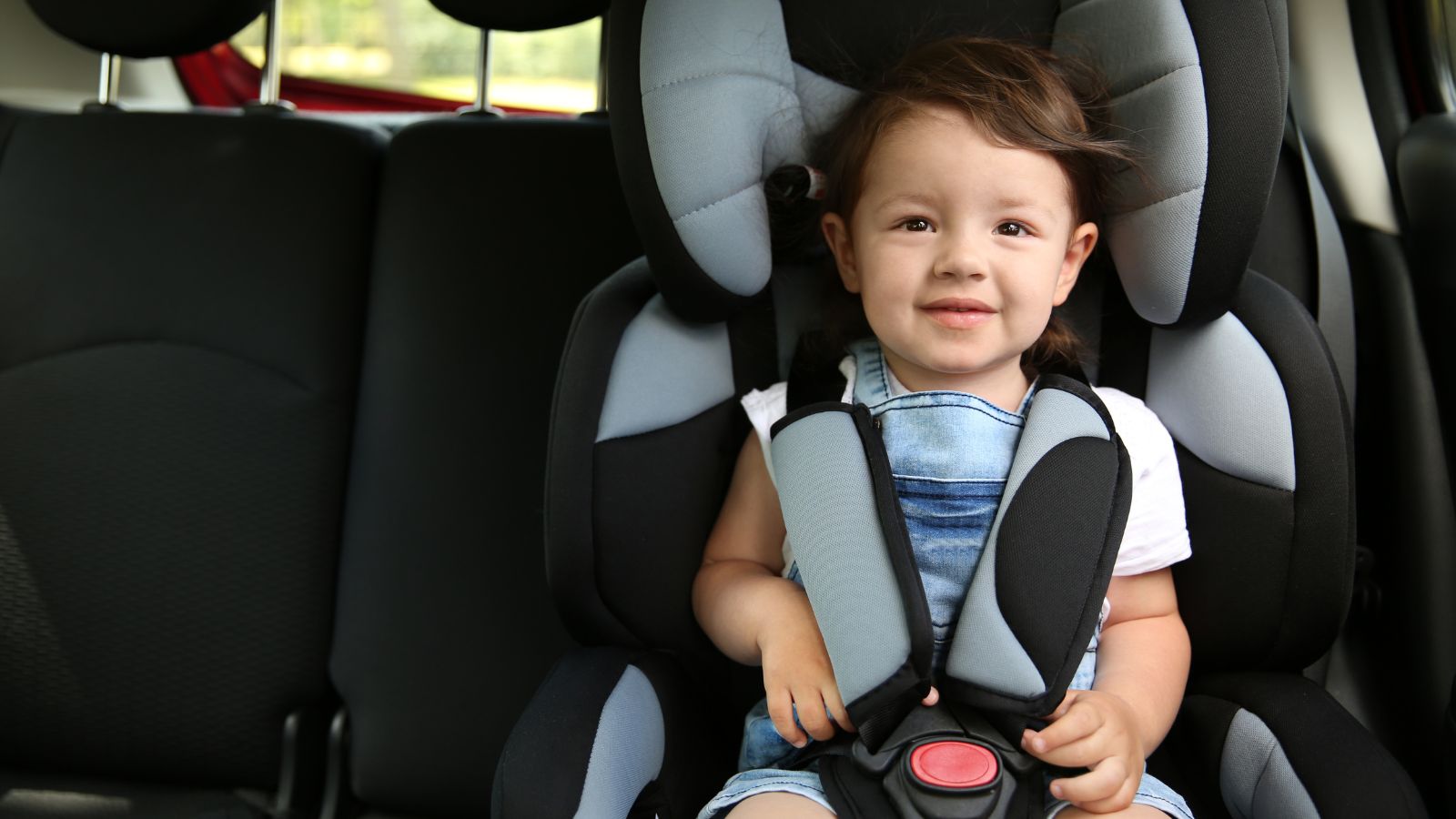
It’s a truth universally acknowledged that kids are not great drivers. While the earliest cars didn’t even have proper seats, let alone child seats, today’s vehicles come equipped with LATCH (Lower Anchors and Tethers for Children) systems to make installing child seats more accessible and safer. First introduced in 1999, these systems ensure that even if you’re terrible at following instructions, your kid will still be safely strapped in.
Rearview Cameras

Once upon a time, reversing a car was like playing a high-stakes game of Marco Polo. Then, in the early 2000s, rearview cameras began to appear in cars, showing drivers what’s behind them without the need for neck-twisting acrobatics. By 2018, these cameras became mandatory in all new vehicles in the US, making parallel parking a tad less stressful and ensuring that backing over garden gnomes is a thing of the past.
Blind Spot Detection
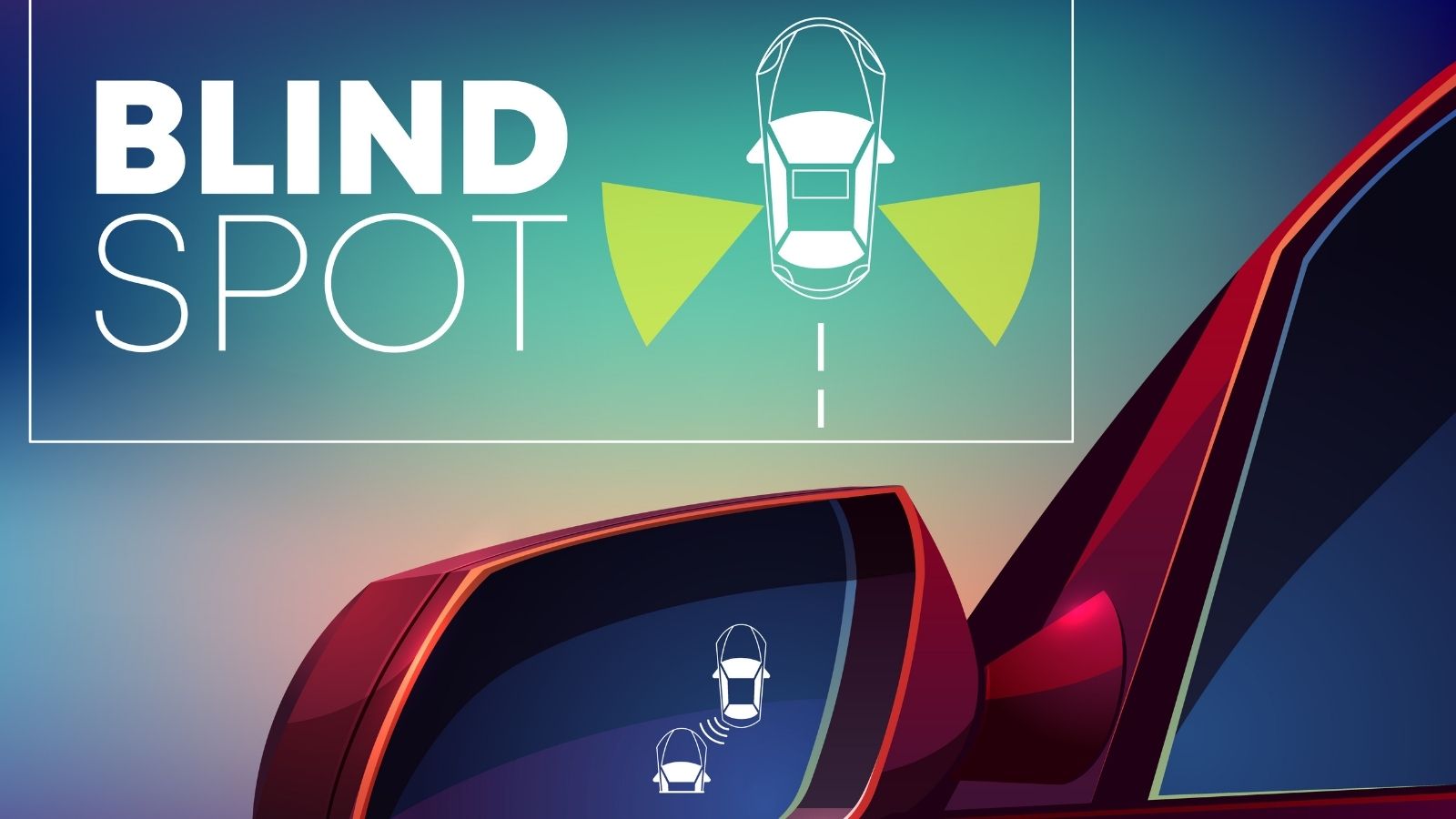
Blind spots are the ninjas of the driving world – they sneak up on you when you least expect it. Blind spot detection systems, which became common in the mid-2000s, use sensors to monitor the areas you can’t see and alert you to vehicles lurking there. It’s like having an overprotective friend constantly watching your back (and sides).
Autonomous Emergency Braking (AEB)

Imagine you’re driving along, not paying attention because you’re too busy singing along to your favorite song. Suddenly, the car in front of you stops. Cue Autonomous Emergency Braking. This system, which started to gain traction in the 2010s, uses sensors to detect an imminent collision and automatically applies the brakes if you don’t react in time. It’s the automotive equivalent of a guardian angel slapping you upside down and saying, “Pay attention!”
Lane Keeping Assist
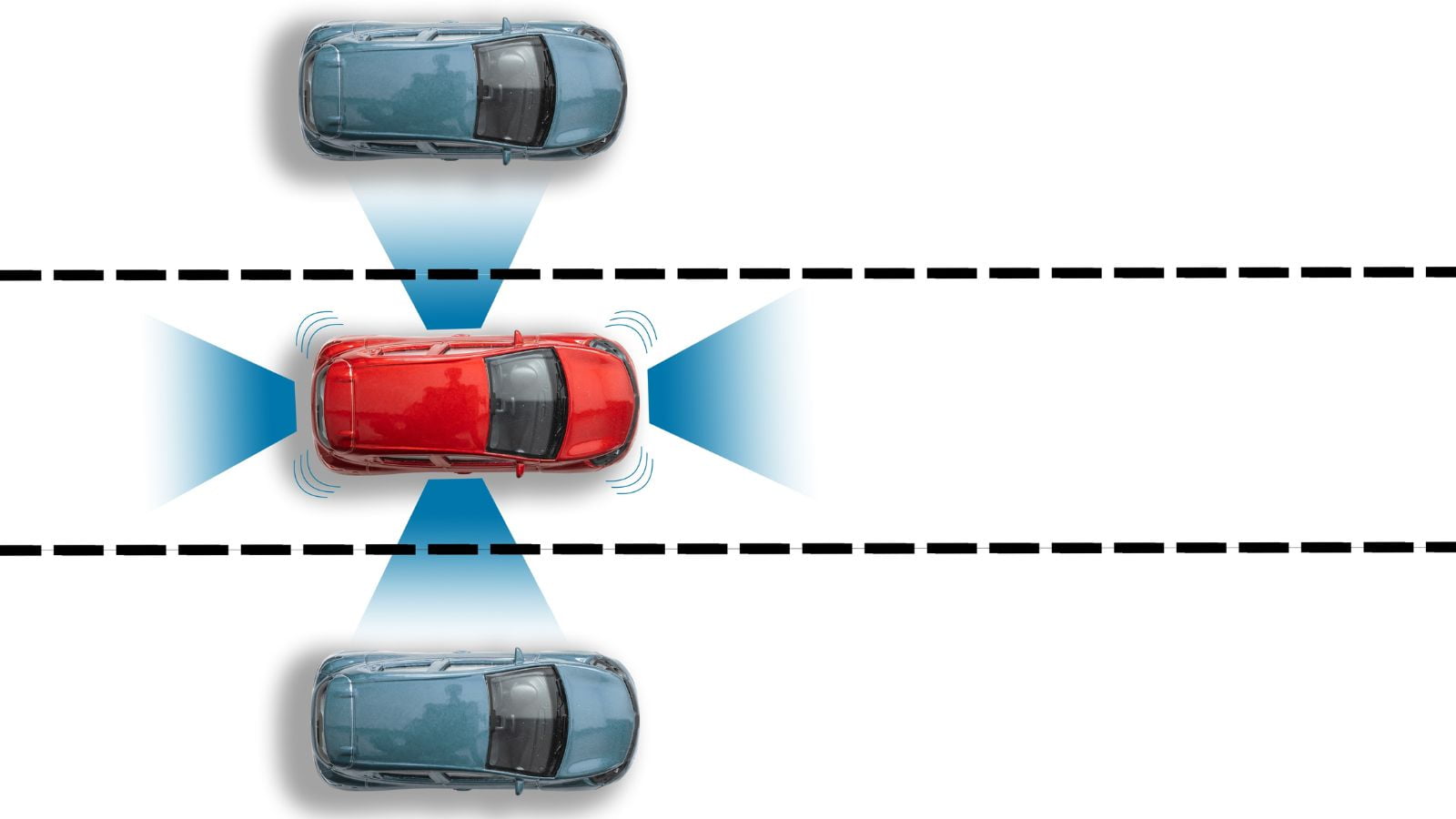
We’ve all been there – you’re driving down the highway, and your mind wanders. Next thing you know, you’re drifting out of your lane. Lane Keeping Assist systems, which became common in the 2010s, use cameras to monitor lane markings and gently steer the car back if you start to drift. It’s like having a conscientious passenger who’s always there to nudge you back on track.
14 Cars With A Reputation For Running Forever And Why They Outperform The Rest

In the dynamic world of automobiles, some cars stand out for their remarkable longevity and enduring performance. These road warriors have earned a reputation for running seemingly forever, outpacing their counterparts. This article will explore 14 such vehicles and the reasons behind their legendary durability. 14 Cars With A Reputation For Running Forever And Why They Outperform The Rest
